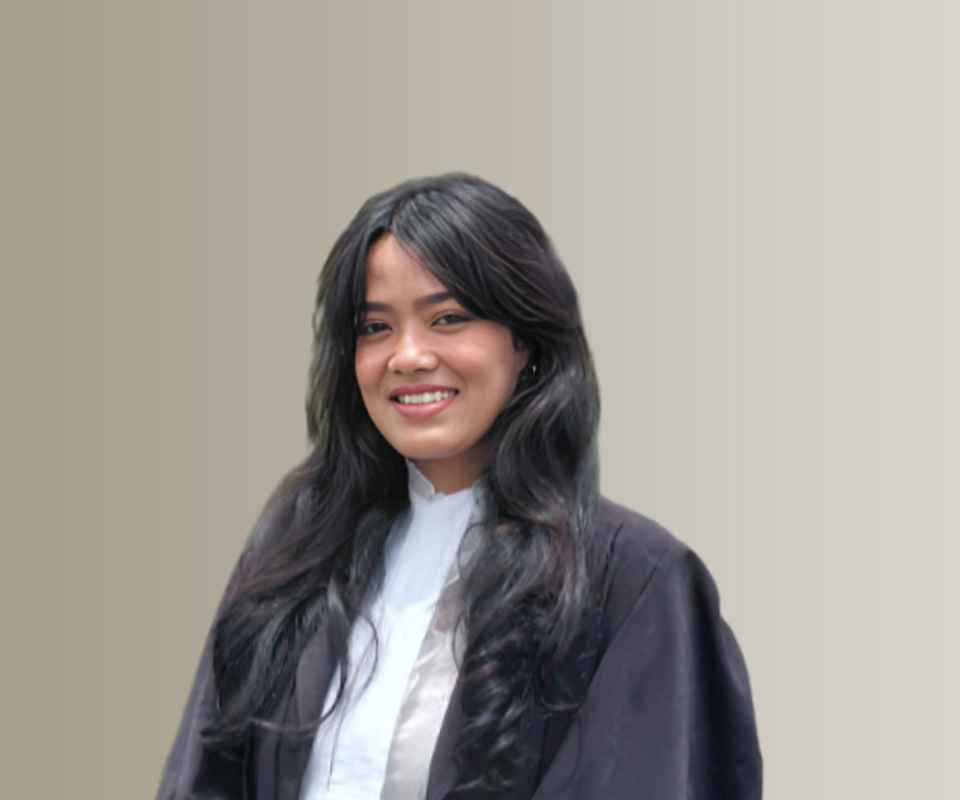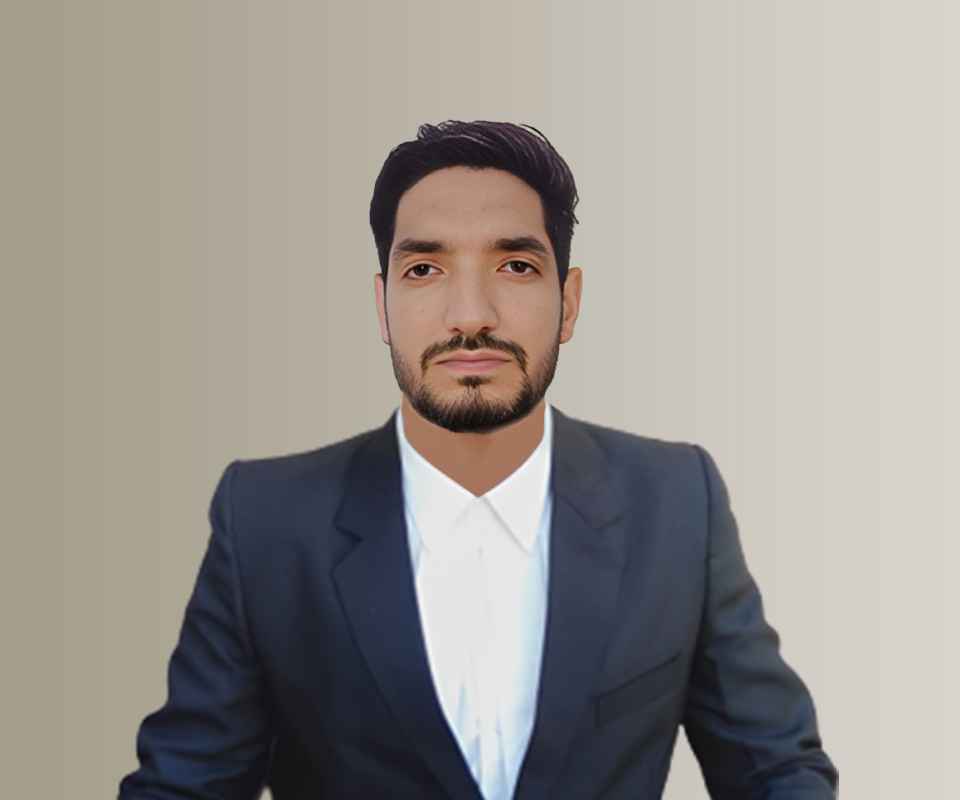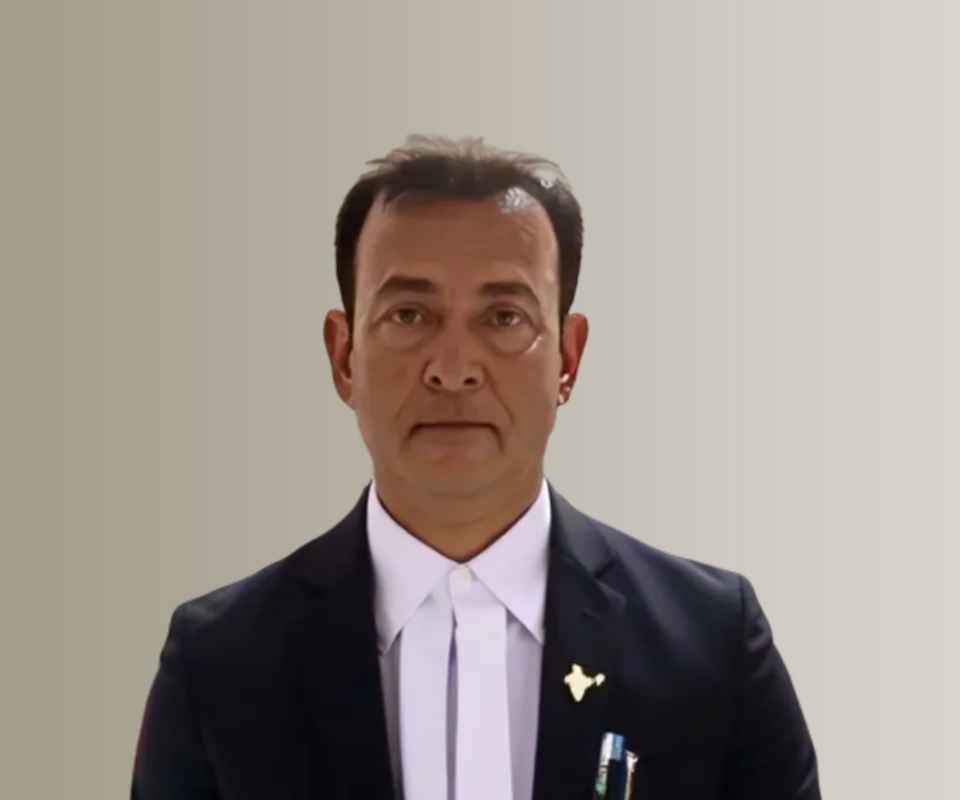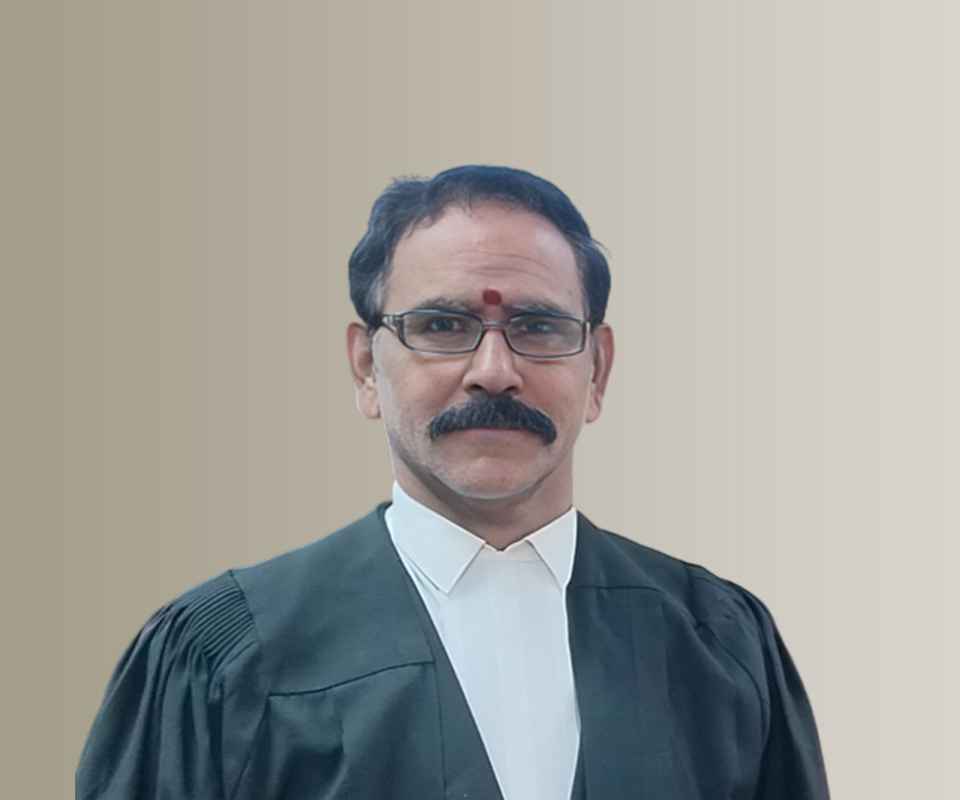Answer By law4u team
Video games are complex works of creative art and technology, often containing multiple copyrightable elements such as code, artwork, music, characters, and narratives. Copyright protects these elements, ensuring that creators can maintain control over their intellectual property and prevent unauthorized use or reproduction.
How Do Copyrights Work for Video Games?
Copyrightable Elements in Video Games:
Video games are protected by copyright law in multiple ways. Key elements that can be copyrighted include:
- Code: The software or programming code that powers the game is considered a literary work and can be copyrighted. This ensures that others cannot copy or reverse-engineer the code without permission.
- Graphics and Artwork: The visual elements of a video game, such as characters, environments, and textures, are also copyrightable as artistic works. This includes the design of game assets like characters, user interfaces, and backgrounds.
- Music and Sound: Original music compositions, sound effects, and voice acting used in a video game are also protected by copyright. These elements are crucial for setting the tone and atmosphere in the game.
- Narrative and Dialogue: The storyline, dialogue, and script of the game can be protected as literary works. If a game features a unique narrative or a series of original dialogues, it can be copyrighted.
- Game Mechanics: While game mechanics or rules are not typically copyrightable, certain creative expressions of game mechanics (like unique visual representations or user interfaces) may be protected.
Ownership of Copyright:
Copyright in a video game typically belongs to the creator or the company that commissioned the work. In most cases, a video game developer will assign or license the rights to the game’s publisher or a studio. This can vary depending on the employment agreement, where work created under the scope of employment is typically owned by the employer (e.g., a game development company).
Derivative Works and Fair Use:
If a video game is based on an existing copyrighted work (such as a movie, book, or previous game), the new game is considered a derivative work and requires permission from the original copyright holder. This is especially important when adapting or reusing content like characters, narratives, or art from other media. Fair use exceptions apply in specific cases, such as using copyrighted material for criticism, commentary, or parody, but these are limited in the context of video games.
Licensing and Distribution:
Developers and publishers may license their video game content to other parties for various purposes, including merchandising, sequels, or adaptations. The game’s copyright also extends to the distribution of the game, whether it’s sold physically, digitally, or streamed. Unauthorized distribution or downloading of a video game is a violation of copyright and can result in legal action.
Duration of Copyright Protection:
In most jurisdictions, the copyright of a video game lasts for the lifetime of the author plus 70 years (in countries like the U.S.). If the game was created as a work for hire, copyright protection typically lasts 95 years from the date of publication or 120 years from the date of creation, whichever is shorter.
Copyright Infringement and Enforcement:
Video game creators and publishers have the right to protect their work by preventing unauthorized copying, distribution, and reproduction of their game. If someone infringes on the copyright, the owner can issue a cease-and-desist order, pursue legal action for damages, and take steps to remove infringing content from platforms. Additionally, game emulators and pirated copies of games are common targets of copyright enforcement.
Example
Consider a video game developer creating a fantasy role-playing game (RPG) with a unique storyline, characters, and original soundtrack. In this case:
- Code: The developer's original game code is protected under copyright, preventing others from copying or modifying it.
- Graphics: The art assets, such as character models, backgrounds, and interface designs, are copyrighted and cannot be reproduced without permission.
- Music: The soundtrack and sound effects are protected under copyright law, so they cannot be used in other games or media without licensing.
- Narrative: The original story and dialogue are protected as literary works, ensuring the developer maintains exclusive rights to the plot and characters.







